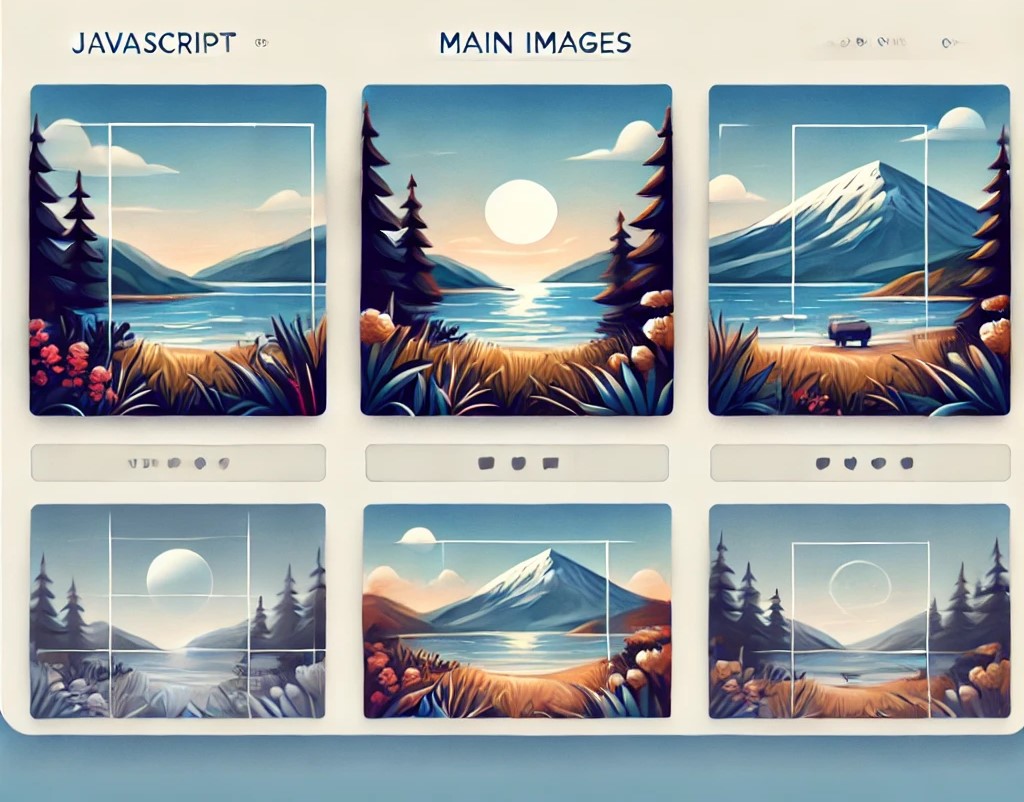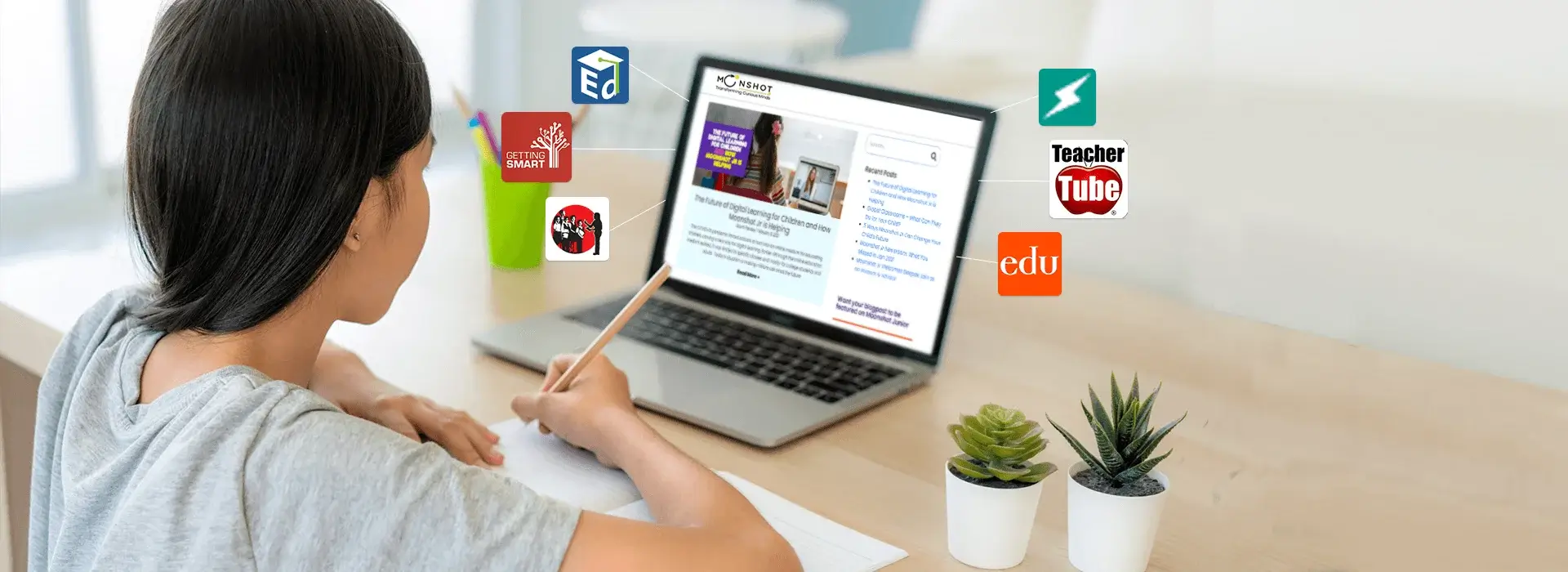
If you’re starting with JavaScript, you’re in for a treat! JavaScript is one of the most versatile and beginner-friendly programming languages, perfect for bringing creative, interactive projects to life. Coding classes for kids make learning JavaScript even more exciting by providing guidance and hands-on projects to spark creativity and confidence. Here’s a list of 21 fun JavaScript projects you can build as a beginner to learn the basics, practice your skills, and gain confidence.
Javascript Projects

1. JavaScript Calculator
Description: A basic calculator that performs addition, subtraction, multiplication, and division.
Why It’s Useful: Creating a calculator introduces you to crucial JavaScript concepts like event handling, functions, and DOM manipulation. Plus, you’ll see how JavaScript can be used to process and display user input.
Key Concepts: HTML form handling, JavaScript functions, event listeners.
2. JavaScript Digital Clock
Description: Build a digital clock that displays the current time and updates every second.
Why It’s Useful: This project is not just about creating a digital clock. It’s about learning how to work with JavaScript’s Date object and create a real-time application. A clock is a practical example that will help you get comfortable with intervals and time-based events
Key Concept: date and time manipulation, setInterval function.


3. JavaScript Color Picker
Description: Create an app where users can select a color, and the background changes accordingly.
Why It’s Useful: A color picker is not just a project; it’s a fun way to understand color values, event listeners, and real-time updates to the DOM. It’s a playful demonstration of how JavaScript can interact with CSS styles dynamically.
Key Concepts: DOM manipulation, CSS-in-JS, and color management.
4. JavaScript Random Quote Generator
Description: Generate a random quote each time the user clicks a button.
Why It’s Useful: This project helps you understand how to work with arrays, select random elements, and update the UI dynamically. You can take it a step further by integrating an API to fetch quotes from the web.
Key Concepts: Arrays, randomization, API fetching (optional).


5. JavaScript Tip Calculator
Description: A simple tip calculator that lets users enter their bill amount and the percentage they want to tip, then calculates the total.
Why It’s Useful: This project teaches you how to gather user input, perform calculations, and display results. It’s a practical app that also enhances your ability to work with basic math in JavaScript.
Key Concepts: User input handling, calculations, DOM manipulation.
6. JavaScript To-Do List
Description: Build a simple to-do list where users can add, delete, and mark tasks as complete.
Why It’s Useful: This project covers a range of essential JavaScript skills, including creating elements dynamically, updating the UI based on user actions, and working with arrays. A to-do list is a staple beginner project, and for a good reason—it practically reinforces core JavaScript concepts.
Key Concepts: Array manipulation, event handling, conditionals.


7. JavaScript Number Guessing Game
Description: A guessing game where the computer picks a random number, and the user tries to guess it within a set number of attempts.
Why It’s Useful: This project introduces you to generating random numbers and using conditional statements to give feedback to the player. You’ll also learn how to keep track of attempts, which is helpful for more complex logic.
Key Concepts: Random number generation, conditionals, loop logic.
8. JavaScript Image Slider
Description: Create an image slider that lets users click through a series of images.
Why It’s Useful: This project demonstrates how to work with images, arrays, and DOM manipulation to build a visually engaging application. It’s a great stepping stone for more advanced projects that require animations and transitions.
Key Concepts: Array handling, DOM updates, styling transitions.


9. JavaScript Rock, Paper, Scissors Game
Description: Implement a simple game where the player competes against the computer in rock, paper, and scissors.
Why It’s Useful: This project teaches you to implement game logic, use conditionals effectively, and provide instant feedback to the player. It’s a fun project that gives a sense of accomplishment once completed!
Key Concepts: Conditionals, user feedback, randomization.
10. JavaScript Weather App
Description: Create a weather app that fetches current weather data for a specified location.
Why It’s Useful: This project introduces working with APIs, asynchronous programming, and displaying external data in an organized format. You’ll learn how to make HTTP requests, handle JSON data, and integrate real-world information into your project.
Key Concepts: API integration, asynchronous JavaScript (fetch), JSON data handling.


11. JavaScript Simple Quiz App
Description: Build a quiz app that shows questions with multiple-choice answers, tracks the score, and gives feedback.
Why It’s Useful: This project helps you understand data structures (arrays and objects) and logic implementation to handle scores, check answers, and navigate through questions. It’s also a great way to experiment with user feedback and progress tracking.
Key Concepts: Array and object usage, event handling, conditional logic.
12. JavaScript BMI Calculator
Description: Build a BMI calculator that takes height and weight as input and calculates the Body Mass Index.
Why It’s Useful: This project reinforces input handling and mathematical operations in JavaScript. It’s a simple, helpful app for practice, especially in handling user inputs and producing a result based on conditions.
Key Concepts: Input handling, calculations, conditional checks.


13. Javascript Countdown Timer
Description: Create a timer that counts down from a specified time and displays the time remaining in real time.
Why It’s Useful: This project introduces you to handling intervals, updating the DOM in real time, and creating a sense of urgency in the interface. It’s also helpful for learning about setInterval and time-based functions in JavaScript.
Key Concepts: Timers, setInterval, real-time DOM updates.
14. JavaScript Form Validation
Description: Build a form with fields like email, password, and phone number, and add validations for each.
Why It’s Useful: Form validation is an essential skill for web developers. This project teaches you how to validate user input, display error messages, and improve the user experience by guiding users with clear feedback.
Key Concepts: String manipulation, regular expressions, DOM manipulation.


15. JavaScript Memory Card Game
Description: Create a memory game where players flip cards to match pairs.
Why It’s Useful: This project is a great way to learn about event handling, conditionals, and using arrays to manage game logic. It’s an interactive game that provides solid practice for developing dynamic interfaces.
Key Concepts: Event handling, conditionals, array management.
16. JavaScript Tic-Tac-Toe Game
Description: Create a basic game where two players take turns marking spaces on a grid until one player wins or the game ends in a draw.
Why It’s Useful: Teaches fundamental game logic, DOM manipulation, and event handling, helping understand arrays, conditionals, and loops.
Key Concepts: DOM manipulation, event handling, game logic, arrays, conditionals, loops.


17. JavaScript Drum Kit
Description: Build an interactive drum kit that plays sounds when specific keys are pressed or when the corresponding buttons are clicked.
Why It’s Useful: Introduces event listeners and keyboard events while enhancing sound manipulation and DOM interaction skills.
Key Concepts: Event listeners, keyboard events, sound manipulation, DOM interaction.
18. JavaScript Browser Code Editor
Description: Create a lightweight code editor within the browser that allows users to write HTML, CSS, and JavaScript, then run the code and see results in real time.
Why It’s Useful: Offers experience with WebSockets, real-time data exchange, front-end design (HTML, CSS, JS), and back-end setup (Node.js or Firebase).
Key Concepts: WebSockets, real-time data exchange, user authentication, front-end (HTML, CSS, JS), backend (Node.js or Firebase).


Recommended Reading: Making a Tic-Tac-Toe Game in Scratch
19. JavaScript Real-time Chat Application
Description: Build a chat app where messages are instantly sent and received by users in real time, possibly using a backend server or service like Firebase.
Why It’s Useful: Demonstrates WebSocket usage for real-time data exchange, focusing on user authentication and front-end/back-end communication.
Key Concepts: WebSockets, real-time data exchange, user authentication, front-end (HTML, CSS, JS), back-end (Node.js or Firebase).
20. JavaScript 2D Platforming Game
Description: Develop a simple platformer game where players control a character that can jump and interact with obstacles or enemies using basic game mechanics.
Why It’s Useful: Covers Canvas API, collision detection, game physics, animation, and user input handling, great for learning game development basics.
Key Concepts: The Canvas API, collision detection, game physics, animation, and user input handling (keyboard or mouse events).


Recommended Reading: Popular app development tools and technologies
21. JavaScript File Sharing App
Description: Build an app that lets users upload, share, and download files, with a real-time notification system for updates on file availability.
Why It’s Useful: Enhances knowledge of file I/O, cloud storage APIs, drag-and-drop, user authentication, and real-time updates using WebSockets or Firebase.
Key Concepts: File input/output, cloud storage APIs, drag-and-drop functionality, user authentication, and real-time updates (via WebSockets or Firebase).
Common Mistakes in Beginner JavaScript Projects
1. Typos: Carefully check your code for any minor typing errors that can lead to unexpected bugs.
2. Listen to the Console: Pay close attention to error messages in the console; they often provide helpful information on how to fix issues.
3. Variable Types: Make sure you’re using the appropriate variable declaration—whether it’s var, let, or const—depending on scope and reusability.
4. Logical Flow: Check that your logic is consistent, especially when using array methods, to avoid unnecessary complications.
5. Handle Edge Cases: Consider edge cases, like empty inputs or negative numbers, to ensure your code handles a variety of situations.
6. Correct Argument Types: Double-check that you’re passing the correct type of arguments into functions to avoid unexpected behavior.
Conclusion
Getting hands-on with JavaScript through fun projects is one of the best ways to build your skills and grow your confidence as a coder. Each project you tackle will deepen your understanding of JavaScript fundamentals, from handling user input to working with arrays, events, and APIs. Remember, learning to code is a journey, so take your time, explore your creativity, and don’t be afraid to add your unique touch to each project. With practice, you’ll soon be ready to take on even more complex challenges. Happy coding, and enjoy creating with JavaScript!
Moonpreneur is on a mission to disrupt traditional education and future-proof the next generation with holistic learning solutions. Its Innovator Program is building tomorrow’s workforce by training students in AI/ML, Robotics, Coding, IoT, and Apps, enabling entrepreneurship through experiential learning.


























When my daughter first started learning JavaScript, we searched for fun projects to build her confidence. Simple games and interactive tools were a hit! They kept her engaged and showed her how coding could be creative and rewarding. It’s amazing how a few projects can turn learning into an adventure.
There are many resources for learning JavaScript, but the best ones focus on fun, hands-on projects that help beginners apply what they learn. While some sites simply list project ideas, the most helpful ones offer guidance on creating interactive and engaging projects. This approach makes coding feel more like an exciting challenge rather than just an assignment, helping learners stay motivated and develop practical skills.